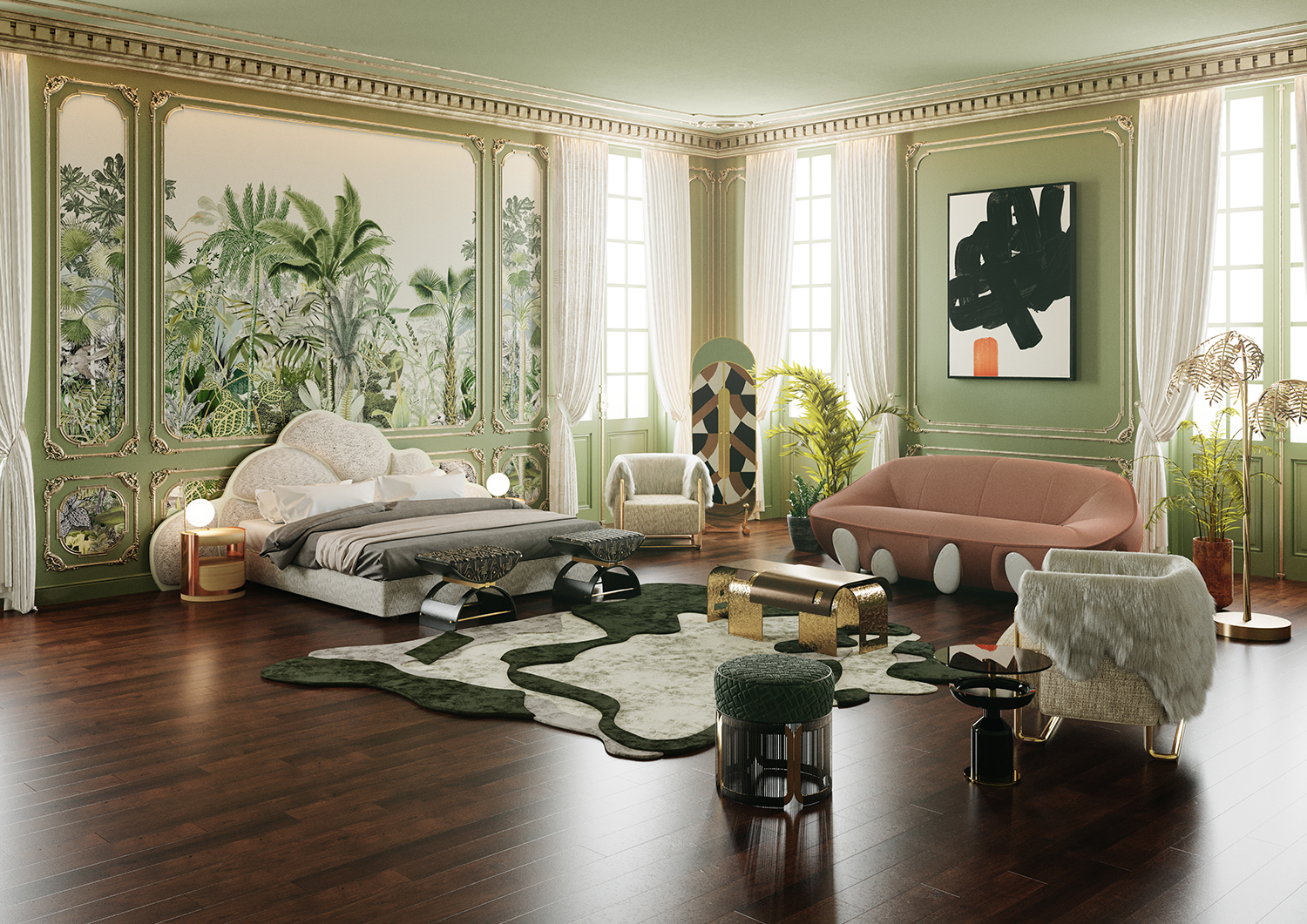Professional Architecture Firm specializing in modern structures.
Professional Architecture Firm specializing in modern structures.
Blog Article
Transform Your Home With Necessary Principles of Interior Decoration and Aesthetics
The art of changing your home through the crucial principles of interior style and appearance requires a thoughtful approach that harmonizes shade, equilibrium, and spatial recognition. By recognizing the influence of shade theory and the relevance of structure and patterns, one can produce areas that are not only visually appealing but additionally deeply individual. Accomplishing this balance includes greater than mere decor; it incorporates a critical plan and a keen understanding of how each component connects within an area. As we check out these foundational principles, take into consideration exactly how they might redefine your understanding of home and personal expression.
Recognizing Shade Theory
Recognizing the principles of color concept enables designers to create spaces that resonate psychologically with residents while meeting functional demands. Each group plays an essential duty in developing harmony within a space.
The mental influence of colors is profound; warm colors such as reds and oranges stimulate power and heat, while awesome tones like blues and eco-friendlies advertise peace and tranquility. The use of corresponding shades boosts aesthetic passion, developing striking contrasts that can boost an area's allure.
Neutral shades, on the various other hand, act as a functional background, permitting various other layout components to beam. It is essential to consider factors such as lighting and the room's purpose when selecting a color palette, as these can change the understanding of shades throughout the day.
Eventually, a well-considered shade plan can transform a space, fostering a sense of convenience and design that lines up with the occupants' preferences. Mastery of shade concept is, consequently, an essential ability for any type of interior designer intending to produce harmonious and inviting settings.
Accomplishing Balance in Layout
Exactly how can developers accomplish a sense of stability in their areas? Attaining balance in design is basic to creating unified interiors.
Unbalanced balance, on the other hand, depends on varying elements that still accomplish a cohesive appearance. This approach enables more vibrant and informal setups, providing interest while preserving equilibrium. By carefully picking differing dimensions, colors, and structures, designers can develop a visually engaging room that feels well balanced yet energetic.
Radial balance emphasizes a central centerpiece with aspects emitting outward. This design is commonly seen in circular designs, where furnishings and style create a cohesive border that attracts the eye internal.
Ultimately, accomplishing balance needs thoughtful factor to consider of range, proportion, and the relationships between aspects. miami interior design. By masterfully applying these equilibrium principles, designers can transform spaces into environments that feel both visually pleasing and functionally harmonious, improving the general experience for passengers
Value of Spatial Awareness

An eager feeling of spatial recognition permits developers to recognize prime focus within a room, directing the customer's interest to crucial attributes while keeping an overall sense of unity. It also aids in the tactical placement of lighting, which can considerably affect the understanding of area and mood. Moreover, comprehending spatial connections allows the developer to satisfy the certain requirements of occupants, making sure that each area offers its intended function without compromising appearances.
Inevitably, spatial recognition is important for maximizing the potential of any indoor space. By meticulously considering the interaction between dimensions, format, and function, developers can create atmospheres that not only satisfy sensible requirements but additionally stimulate a feeling of convenience and appeal, enhancing the total living experience.
Integrating Appearance and Patterns
Accepting a varied series of textures and patterns can significantly boost the visual and responsive appeal of an indoor space. The critical use numerous materials-- such as timber, metal, material, and rock-- produces deepness and interest, making a space really feel much more welcoming and dynamic. As an example, combining smooth surface areas with harsh structures can develop a balance that attracts the eye and engages the senses.
When incorporating patterns, consider both range and repetition. Huge patterns can work as centerpieces, while smaller sized, subtle designs can match other components without overwhelming the space. Layering patterns, such as pairing floral cushions with candy striped tosses, adds intricacy and a feeling of consistency if performed thoughtfully.
It is likewise essential to keep a cohesive shade palette, making sure that textures and patterns work with each other as opposed to contend for focus. By choosing a couple of crucial textures and patterns, you can produce a linked aesthetic that mirrors your personal design while boosting the general ambiance of the room. Eventually, the cautious consolidation discover here of these elements can change a mundane space right into an advanced atmosphere abundant with personality and warmth.
Individualizing Your Room
Producing a space that mirrors your character is vital to attaining a genuinely inviting setting. Personalization in interior decoration enables you to instill your special style and passions into your home, changing it from a simple sanctuary right into a haven that talks to that you are. Begin by selecting a shade palette that reverberates with your feelings-- bold tones can stimulate, while soft tones offer peace.
Integrate art work and design that mirror your enthusiasms, whether it be travel, nature, or abstract principles. Showing individual collections, such as books, photographs, or keepsakes, can evoke valued check out here memories and produce focal points within an area. In addition, think about tailoring practical pieces, like upholstered furnishings, to align with your visual choices.

Conclusion
In verdict, the improvement of a home through the necessary principles of interior decoration and visual appeal demands a comprehensive understanding of color theory, balance, spatial understanding, appearance, and customization. Each element contributes substantially to developing an unified and useful living environment - interior design firms. By thoughtfully integrating these principles, individuals can improve the visual charm and emotional resonance of their areas, eventually promoting a home that shows special identifications while supplying convenience and usefulness
Report this page